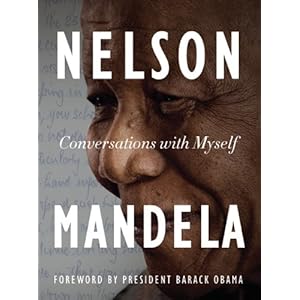In one day, we may read from one source that the luxury market is improving; yet another will report news of closeouts and bankruptcies. We are living in difficult times and the future of our economy is as predictable as the weather these days here in New York City.
photo via: NY Times
So in order to stay afloat, everyone, from luxury brands to fast retailers are rethinking their game strategies. Today, the on-going trend among luxury brands is mass appeal branding. Just recently, Dallas-based luxury retailer Neiman Marcus opened a new line of outlet stores called Last Call Studio. Specifically located in suburban areas or strip malls that are not outlet centers, the stores will specialize in moderately priced goods aimed at the value-minded shopper who "may not have the reach level to buy the fine apparel that Neiman Marcus offers," says Wanda Gierhart, Neiman's chief marketing officer.
Instead of selling leftover stock from their department store lines, the store will focus on more affordable pieces from their existing lines that they already carry. In addition, they will also stock more heavily from their lower-end lines, bought directly from vendors. Unlike outlet shops, all of their merchandise will be in season and considered "new." And aware of the increase of online-shopping, they also launched an accompanying website earlier this month.
This new strategy is a clear reflection of the post-recession retail world. With an excess of unoccupied store front real estate and most traditional outlet stores having too little clearance merchandise to sell because retailers have cut inventory, Neiman's concept is one that works around today's financial circumstances. It also feeds into a market for the price-conscious shopper who still wants value and quality for their dollar. As much as it is a financial necessity, Neiman's new store concept is a smart response to today's economic situation.
Kinder Aggugini's moodboard for Macy's
photo via: NY Times
On the other hand, Macy's, a much more mainstream department store, recently joined the bandwagon of designer collaborations with plans to work with London-based designer Kinder Aggugini. The high-low concept is nothing new as H&M, Target, Gap, and Uniqlo have all already been doing such collaborations for years. However, it is a bit surprising that Macy's, a generally conservative department store, is collaborating with Kinder Aggugini, an edgy, rising designer, still relatively unknown in the States.
The collaborative collection plans to be sold at about 250 store locations, with prices ranging from $50 to $300. Attempting to offer more fashionable products, the collaboration hopes to attract more younger and trend-focused customers.
In times like today, brands must be strategic and wise in their decision making process. Even Uniqlo, the Japanese-based fast retailer, which had soaring sales this past year with more than 80 new shop openings since August, are facing financial difficulties. Due to poor product planning and supply chain management and marketing, the company has found itself in a downward slope.
The economy continues to affect the retail industry across all borders, leaving none unscathed. Although there is no bulletproof plan, creativity and smart decision making in a timely fashion proves to be only route for success.







































